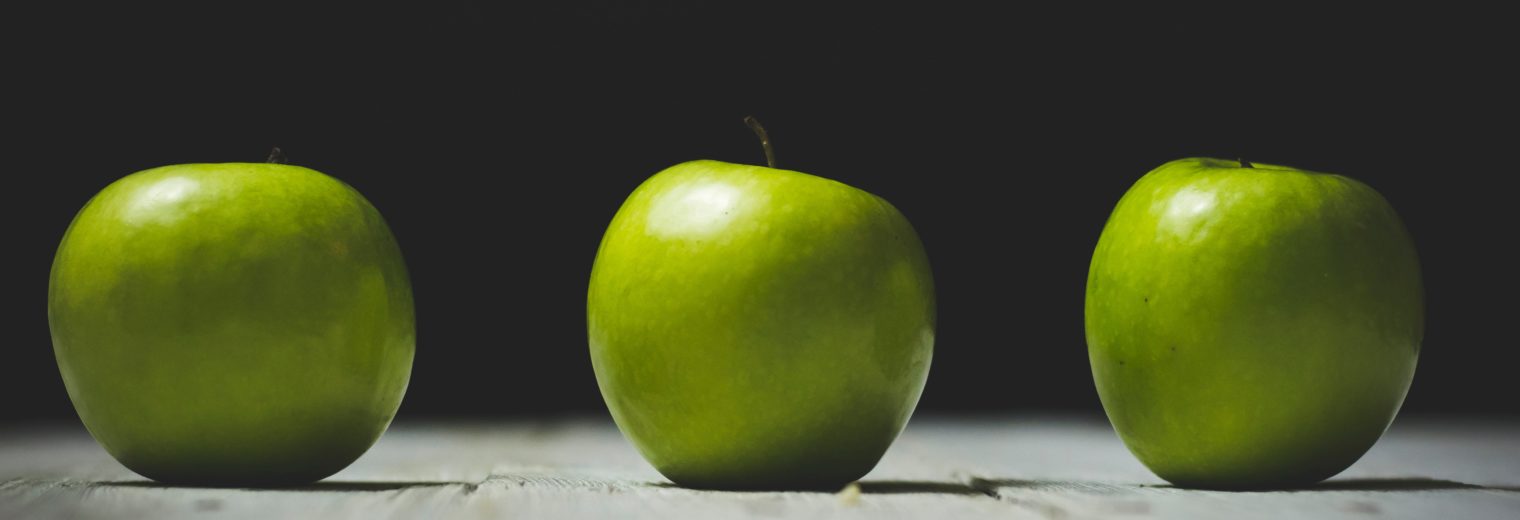Books
Real Food Reads Book Club
A Precautionary Tale: How One Small Town Banned Pesticides, Preserved Its Food Heritage, and Inspired a Movement
What do you do when your organic crops are tainted with someone else’s pesticides? Your children are exposed to toxic drifts? Your livestock and your way of life are threatened? People the world over have felt helpless in the face of such challenges. But in the Northern Italian enclave of Mals, an unlikely group of activists and a forward-thinking mayor came together to ban pesticides by a referendum vote—making it the first place on Earth to accomplish such a feat, and a model for others to follow. A Precautionary Tale tells their story.
For hundreds of years, the people of Mals have cherished their traditional foodways. Yet the town is located high up in the Alps, and pesticide-dependent conventional apple producers were steadily overtaking the valley below. Aided by climate change, Big Apple crept further up the region’s increasingly warmer mountainsides, its toxic sprays drifting with the valley’s ever-present winds and falling on the farms, fields, and people of Mals. The advancing threats motivated a diverse cast of characters to take action in a display of direct democracy that has inspired a movement now coursing its way through Europe, Asia, the United States, and beyond.
Praise for A Precautionary Tale
“The movement for freedom from poisons in our food and agriculture is the most important freedom movement in our times. . . . Read [this book] to get inspired. And act.”
–Vandana Shiva
About the Author
 Philip Ackerman-Leist is a professor at Green Mountain College, where he established the college’s farm and sustainable agriculture curriculum, founded its Master of Science in Sustainable Food Systems, and currently directs its Farm & Food Project. He and his wife, Erin, farmed in the South Tyrol region of the Alps and North Carolina before beginning their homesteading and farming venture in Pawlet, Vermont. With more than two decades of field experience working on farms, in the classroom, and with regional food systems collaborators, Philip’s work is focused on examining and reshaping local and regional food systems from the ground up. He is also the author of Rebuilding the Foodshed and Up Tunket Road. For more information about his latest book, A Precautionary Tale, and the story of Mals visit the website here.
Philip Ackerman-Leist is a professor at Green Mountain College, where he established the college’s farm and sustainable agriculture curriculum, founded its Master of Science in Sustainable Food Systems, and currently directs its Farm & Food Project. He and his wife, Erin, farmed in the South Tyrol region of the Alps and North Carolina before beginning their homesteading and farming venture in Pawlet, Vermont. With more than two decades of field experience working on farms, in the classroom, and with regional food systems collaborators, Philip’s work is focused on examining and reshaping local and regional food systems from the ground up. He is also the author of Rebuilding the Foodshed and Up Tunket Road. For more information about his latest book, A Precautionary Tale, and the story of Mals visit the website here.
Connect with him on Facebook, or follow him on Twitter @ackermanleistp.
Real Food Reads Recipes
Philip is sharing his kid-tested and family-approved recipe for Kaisershmarren, a quintessential farmer’s meal from the South Tirol region of the Alps.
Kaiserschmarren, translated as “the king’s mess,” due to the chopped-up appearance of the final product, is a traditional dish of German-speaking regions of the Alps. A tasty and filling dish, Kaiserschmarrenis thicker than a crepe but more eggy in flavor than a pancake. The dish makes a great breakfast but is served throughout the day and is a favorite dish in high-elevation shepherd huts, for locals and tourists alike. Even today, many Tiroleans cook Kaiserschmarrenin a pan on a wood cook stove to encourage even browning. Farm-fresh, free-range eggs give the dish a bright yellow appearance and a particularly delicious flavor.
Kaiserschmarren

Serves a full meal for 2-3 people.
Ingredients
5-6 eggs
160 grams (1.5 cups) flour
1/4 liter (1 cup) milk
1/2 tsp salt
Several drops of vanilla extract
3-4 tablespoons butter
Golden raisins or dried cranberries can be added to the mixture if desired
Instructions
Melt butter in a separate pan or measuring cup.
Mix flour and salt.
In a separate bowl, beat eggs, then add milk and vanilla. Combine dry and wet ingredients with a spatula or whisk until relatively smooth, slowly working out any remaining lumps of flour. (Mix in raisins or dried cranberries, if desired)
Heat skillet until hot, then liberally add enough butter to thoroughly coat the entire pan.
Pour in enough of the Kaiserschmarrenmixture to cover the entire bottom of the pan, creating a “pancake” of 1/8”-1/4” thickness.
Let the batter cook gradually until the bottom-side is a very light brown.
Carefully lift the Kaiserschmarrenin preparation for flipping it and simultaneously pour butter underneath to cook the other side before flipping the uncooked side onto the buttered pan.
Once both sides are lightly brown, chop up the Kaiserschmarreninto 1 inch pieces and stir the pieces around in any remaining butter before transferring it all to a warm plate.
Repeat the process until you use up all of the batter. The latter batches always seem to cook more evenly than the first.
Header photo by Holly Mindrup

 Philip Ackerman-Leist is a professor at Green Mountain College, where he established the college’s farm and sustainable agriculture curriculum, founded its Master of Science in Sustainable Food Systems, and currently
Philip Ackerman-Leist is a professor at Green Mountain College, where he established the college’s farm and sustainable agriculture curriculum, founded its Master of Science in Sustainable Food Systems, and currently 



